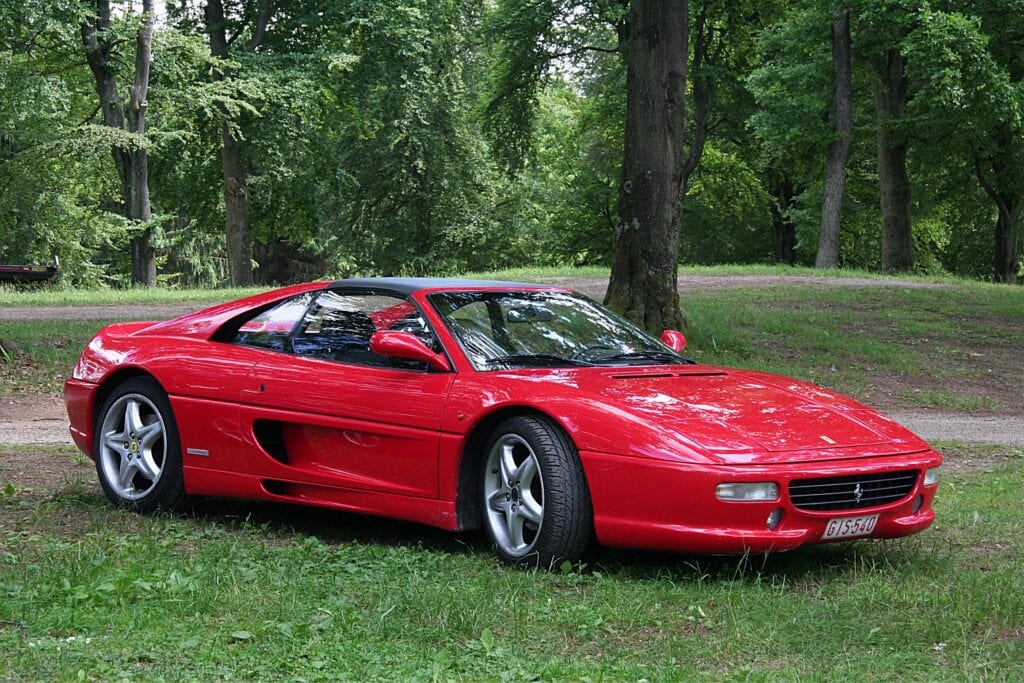In his work as a photographer, Tim Davis has been on shoots all over the world — to India, Indonesia, to Sri Lanka and Japan, across Europe and Latin America, not to mention at home in the US. His photographs span from adventure sports to classic, intimate portraits. And for the last 13 years, his full-time gig has been on staff at Patagonia. “I’ve been shooting here full time since 2005, split unevenly between different disciplines — location, ocean sports (like diving, surfing, paddling), environmental issues, studio and video,” says Davis.
Being a photographic jack of all trades has allowed Tim Davis to get dialed in a variety of styles, but these days portraiture has captivated his attention. “Photography is this interesting combination of art and science. But the actual process of operating the camera needs to be something done well enough that it becomes a subconscious reflex, second nature muscle memory,” he says. “It should disappear to make room for the real priorities: being in the moment and observing, communicating, building rapport with a subject, recognizing what’s working, what’s not, changing ideas and listening to your intuition.” Below you’ll find this pro’s go-to kit, that is, all of his essentials for a shoot on the road, and his personal insights to why he shoots with a Leica M10.
The Camera Set-Up
“Ah, the M10! The M Series represents pure classical photography. These are the Steve-McQueen-oil-cooled-Porsches of cameras. Raw, unobtrusive, reductionist equipment crafted by hand and built like a tank (if Porsche made tanks). The iconic style of these cameras is still reminiscent of Ernst Leitz’s originals. They’re recognizable, notable even to the layman. Brass, glass and style. The high-tech cameras are great too, but that tech removes you a bit from the process. Those cameras cover your ass whether you need it or not. Just as the classic Porsche needs you to downshift manual transmission while late breaking around a corner, the Leica needs you paying attention. It makes a certain type of photo and that’s special. Henri Cartier-Bresson shot a Leica with the 50mm nearly his entire career. Mary Ellen Mark used the M6 with the 35mm for a lot of her 35mm work. So for me, it was as simple as that. Gear good enough for them is certainly good enough for me.”
Everything Else
“Shoot days vary — portrait sessions with heavy hitters may allow you just 15 minutes of access, so we’ve got to move quickly in those situations. International, on-location, high-level portraiture or documentary-film shoots may run longer. Over the years we’ve traveled with various crews: Director of Photography Robert Richardson and Annie Leibovitz for Amex, Stacy Peralta as well as tons of younger, nimble and specialized freelance crews. I’ve been all over — to India, Indonesia, Chile, Sri Lanka, Argentina, Central America, Europe, Japan, as well as tons of domestic stuff. I’m much more efficient than I was years ago and really enjoying the 3-5 day strike missions these days.”





